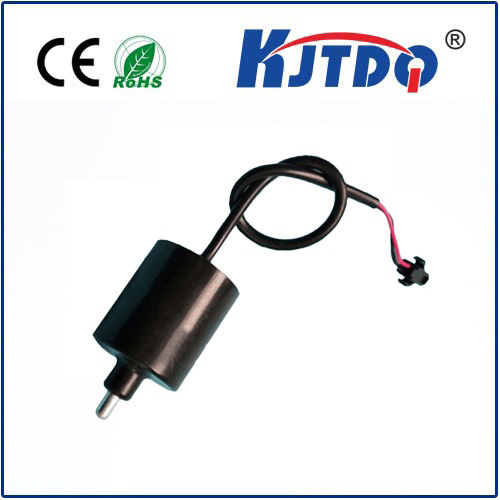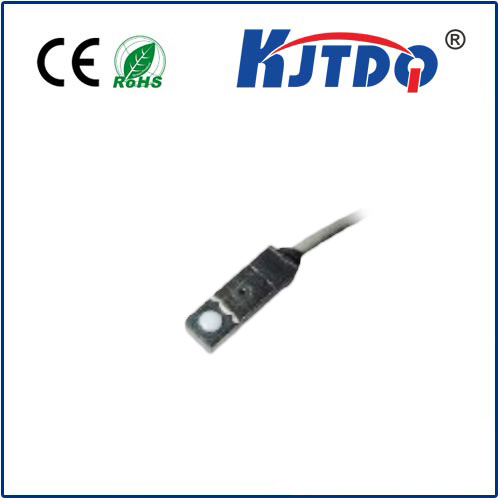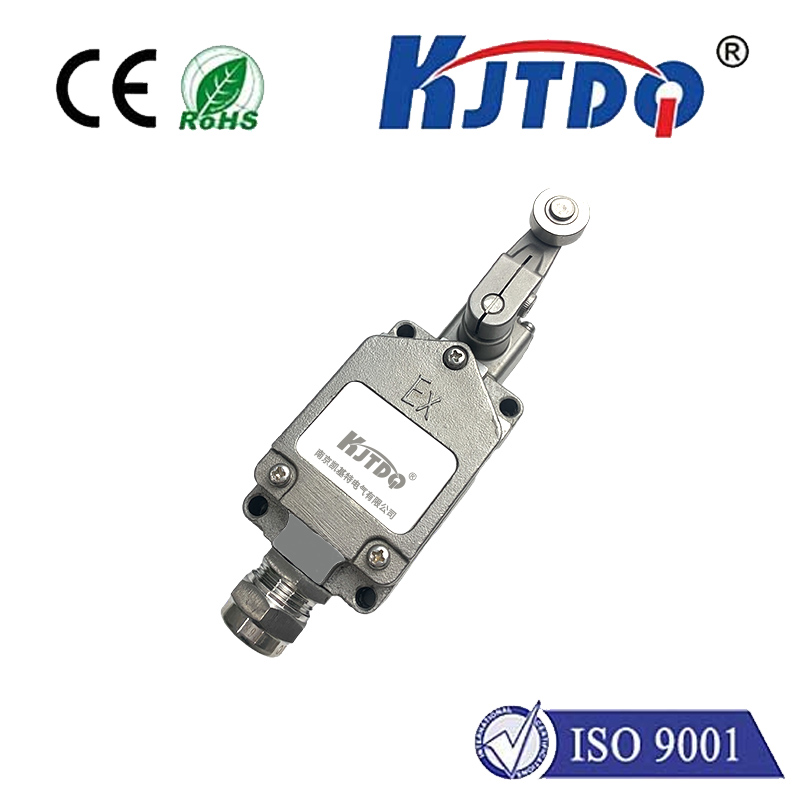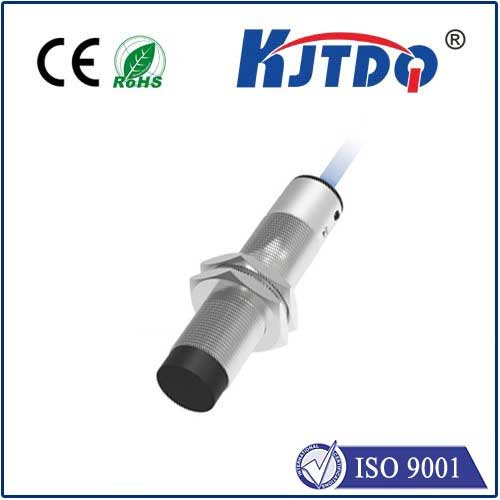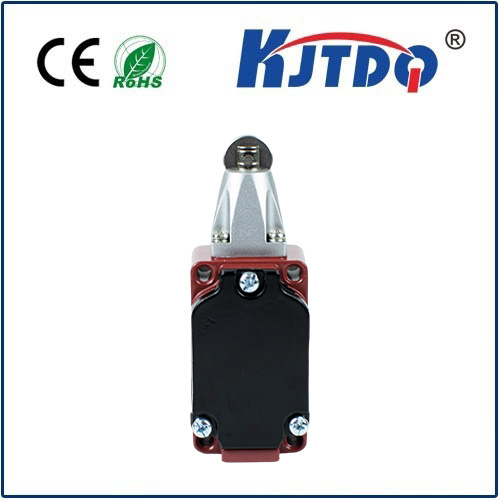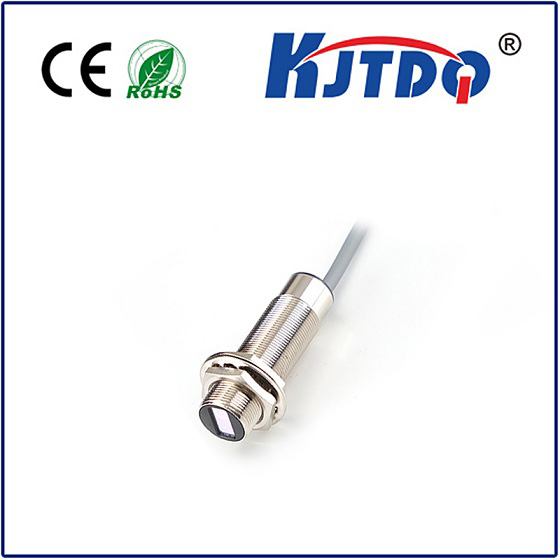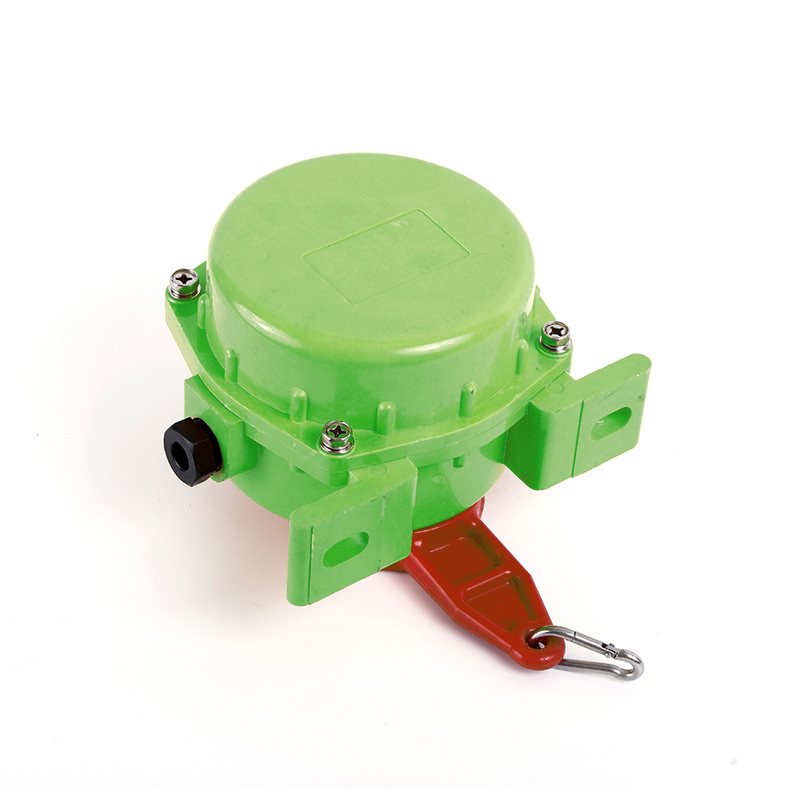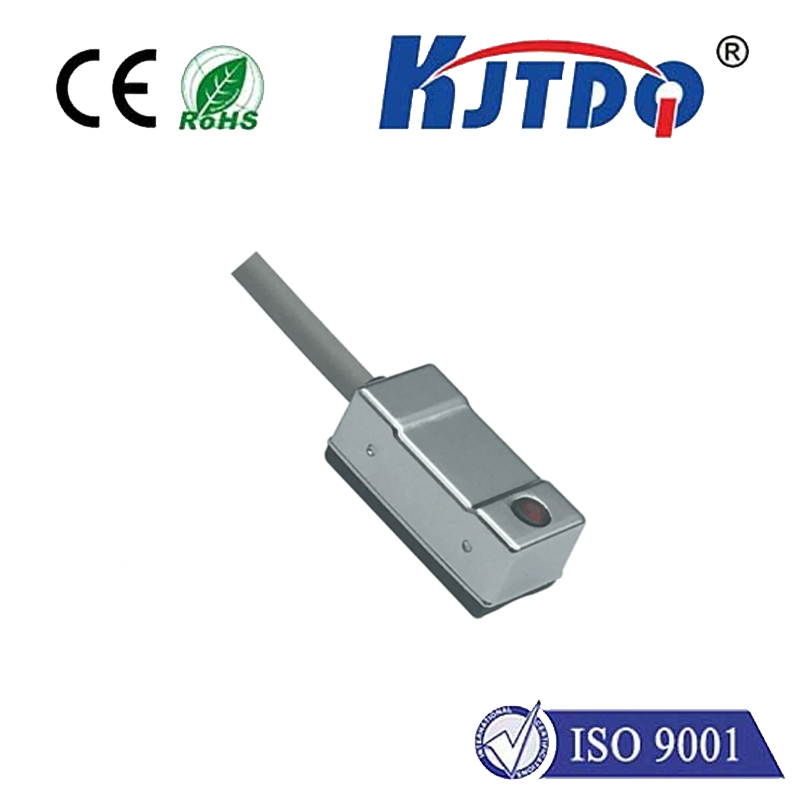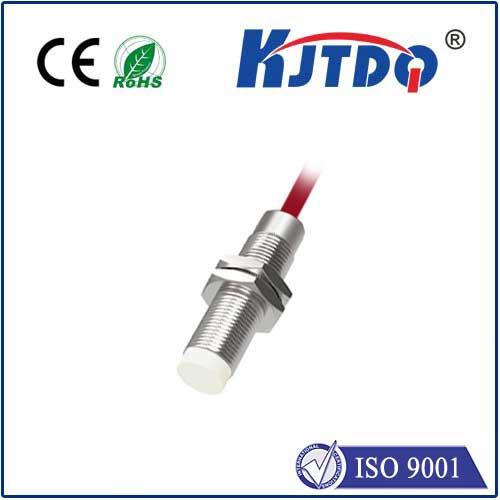
check

check

check

check
Inductive sensors, a type of sensor that can detect physical contact or proximity, have been making waves in recent years due to their unique capabilities. Unlike other types of sensors such as capacitive or resistive sensors, inductive sensors can sense distance and determine the presence or absence of an object with remarkable accuracy. This technology is rapidly transforming various industries, from manufacturing and automotive to healthcare and home automation.
One key advantage of inductive sensors is their ability to sense physical touch without being physically touched themselves. This makes them particularly useful in applications where human interaction is not feasible, such as automated cleaning robots or self-checkout systems in retail stores. By using infrared (IR) signals, these sensors can "see" objects even when they're covered by dust or another barrier. This level of versatility has made inductive sensors a popular choice for a wide range of industrial and consumer applications.
Another significant benefit of inductive sensors is their high precision and reliability. By measuring changes in electrical current caused by physical contact, these sensors can provide highly accurate measurements within a few millimeters. This makes them ideal for tasks that require precise positioning or measurement, such as machine tooling or assembly line inspection. Furthermore, inductive sensors are typically more durable than other types of sensors, able to withstand harsh environments and consistent use.
The potential applications of inductive sensors extend far beyond the industrial sector. In the healthcare industry, these sensors can be used to monitor vital signs or track the movement of patients in beds. In home automation, they can help create truly smart homes by allowing devices to respond to physical touch or proximity. Additionally, inductive sensors are finding use in augmented reality (AR) experiences by providing a new way for users to interact with digital content in real life.
Despite their many benefits, there are still challenges to overcome when it comes to implementing inductive sensors. One major issue is cost - while the technology is becoming more affordable, it still tends to be more expensive than other types of sensors. Additionally, some older designs may not be compatible with modern software or hardware, requiring updates or replacement parts. However, as demand for these sensors continues to grow, manufacturers are working to improve their affordability and compatibility.
In conclusion, inductive sensors are revolutionizing the way we interact with physical objects. Their superior sensing capabilities, combined with their durability and versatility, make them a valuable tool in a wide range of industries and applications. As this technology continues to evolve, it will undoubtedly lead to even more innovative solutions and improvements in our daily lives.
